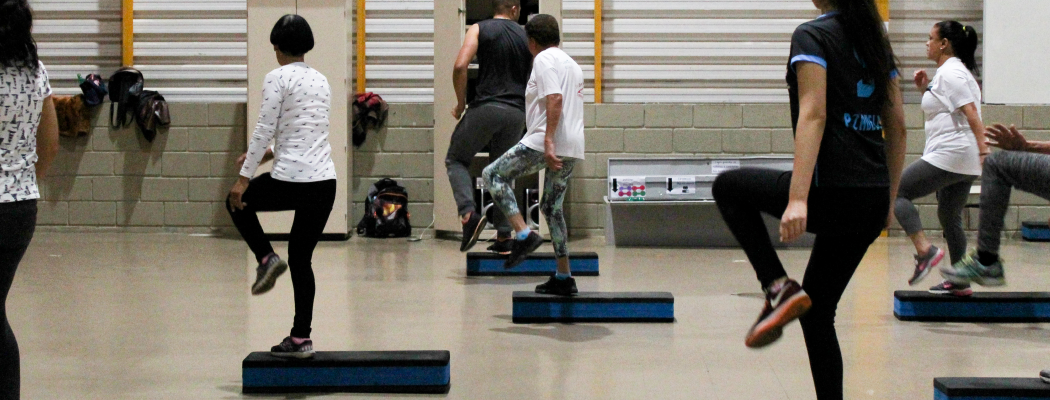
The Physical Education Program was created in 2008, offering the teaching degree, and shortly after the bachelor degree was implemented. The program aims to study human body movements and it is notable by its interventions and production of academic-professional knowledge, especially in the areas of health and humanities. Its curriculum is structured in three main strands: issues on the relation between the human being and the society, biologic dimension of the human body, and the production of scientific and technological knowledge. The training allows the student to develop activities which complement the undergraduation theoretical basis, such as institutional projects, events, cultural and practical activities, seeking to stimulate the insertion in different areas of expertise regarding their professional future.
The teaching degree allows the professional to work in basic education, through planning, execution, and evaluation of the Physical Education courses and educational projects. The bachelors act in non-school contexts, such as gyms, clubs, squares, and clinics. They may also work as technicians, managers, researchers, coordinators, consultants, assessors in contexts involving physical activities, sports, leisure, as well as in other areas that require intervention of the Physical Education professional.






